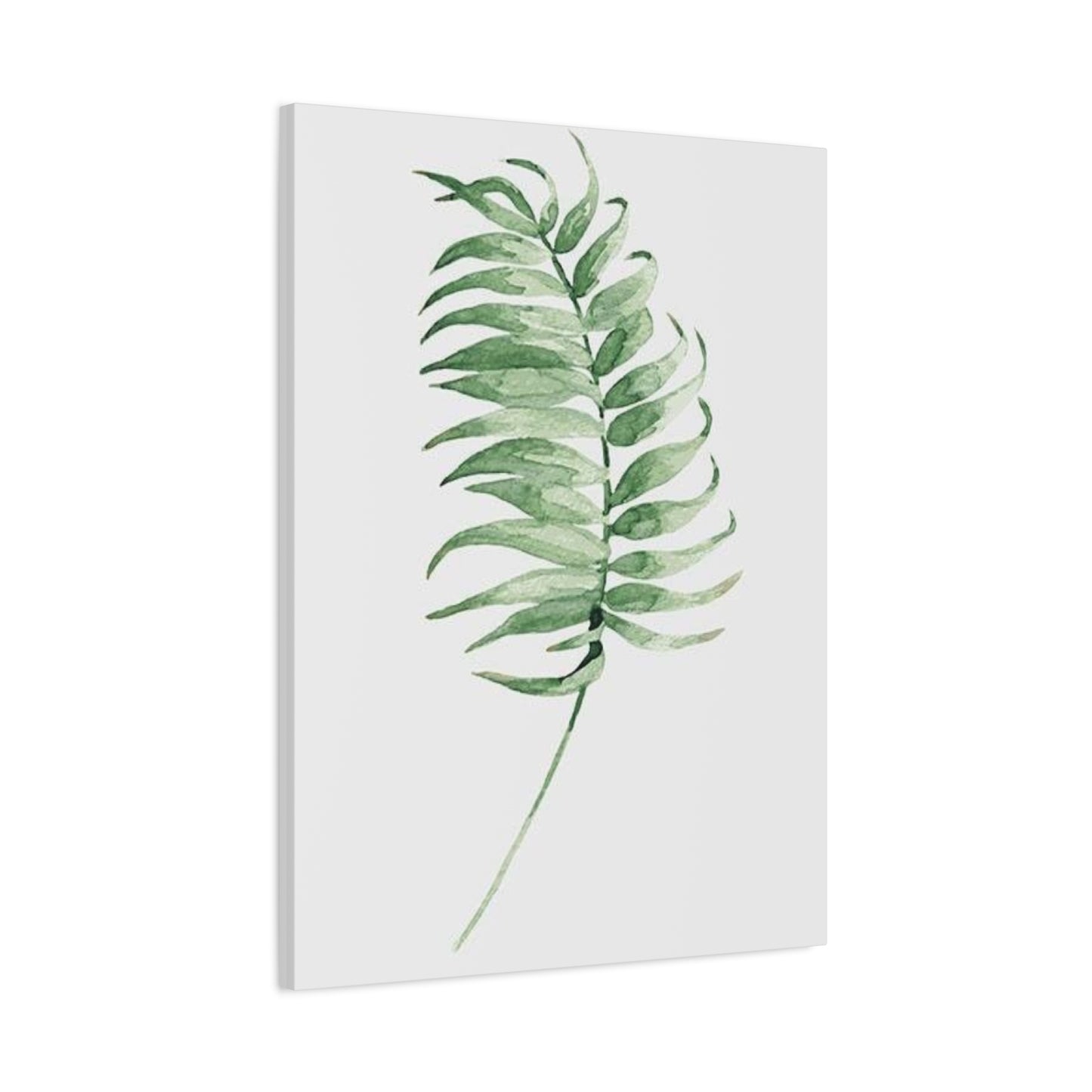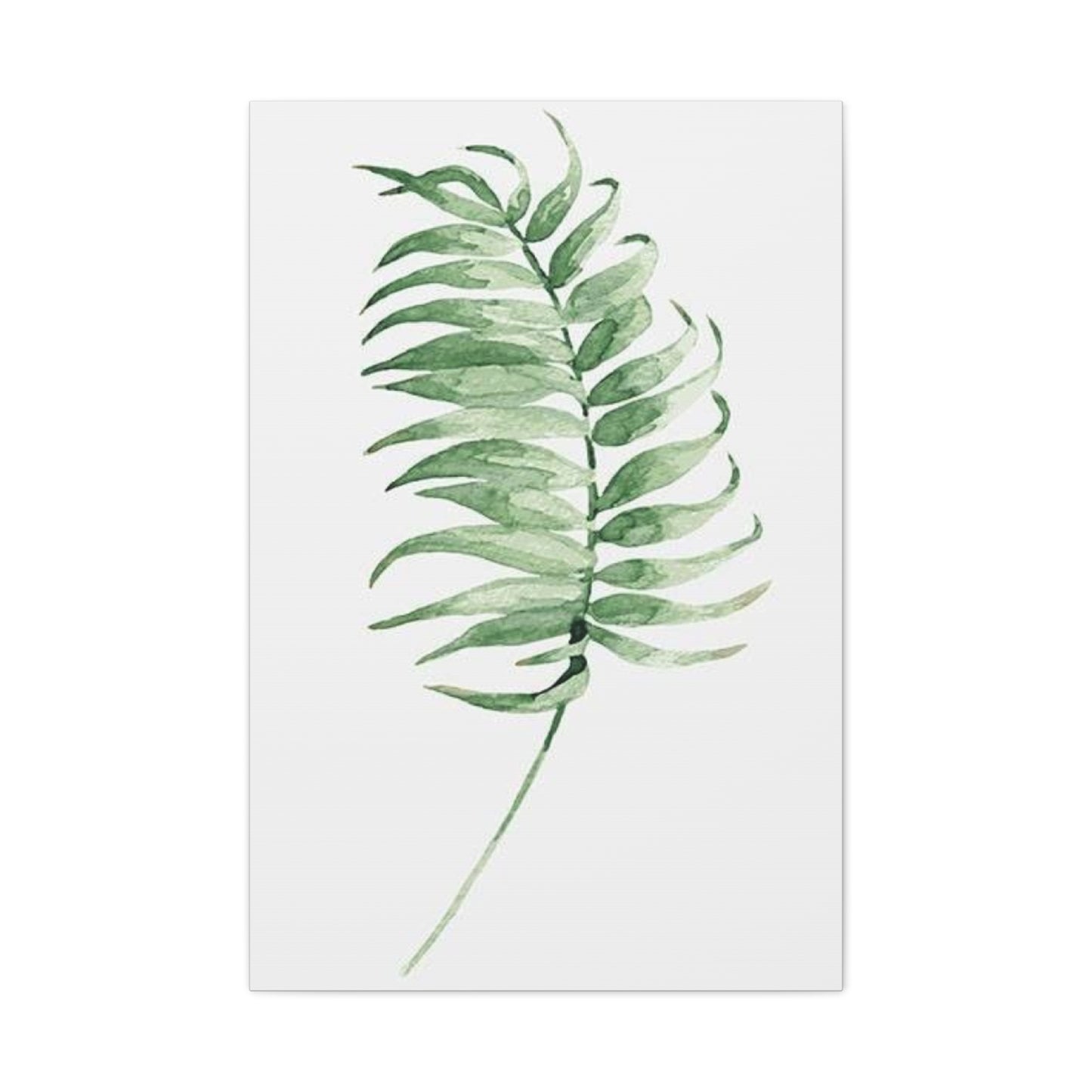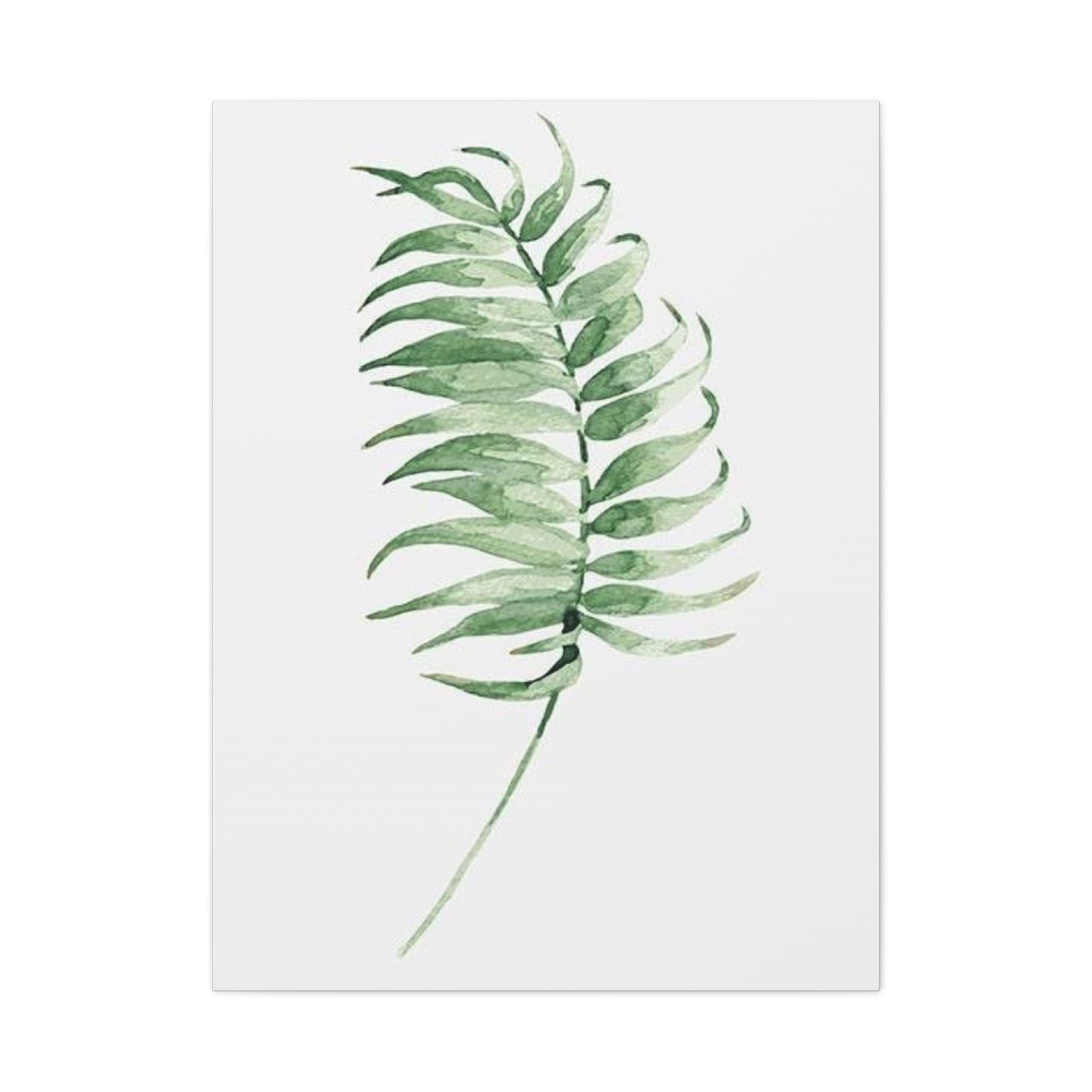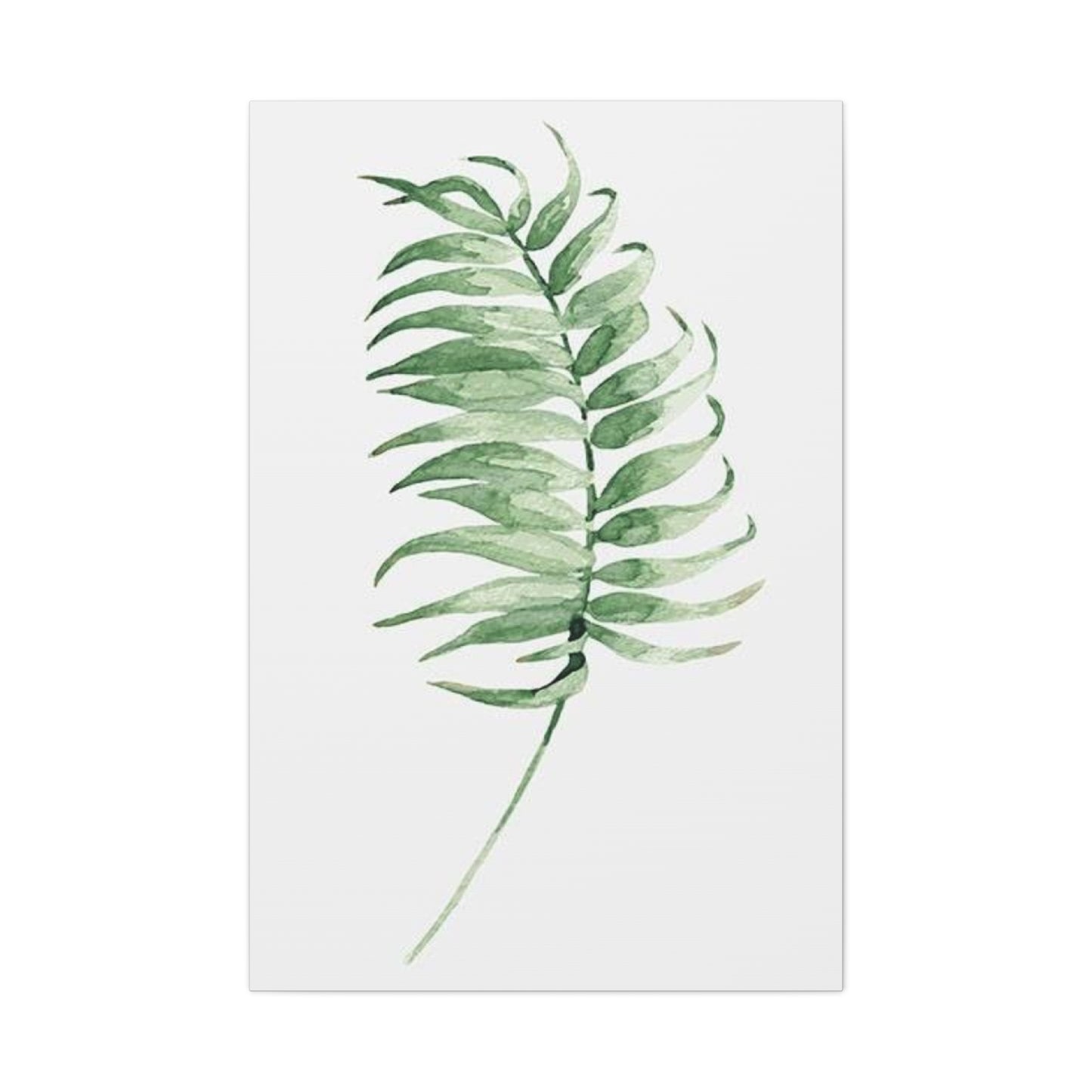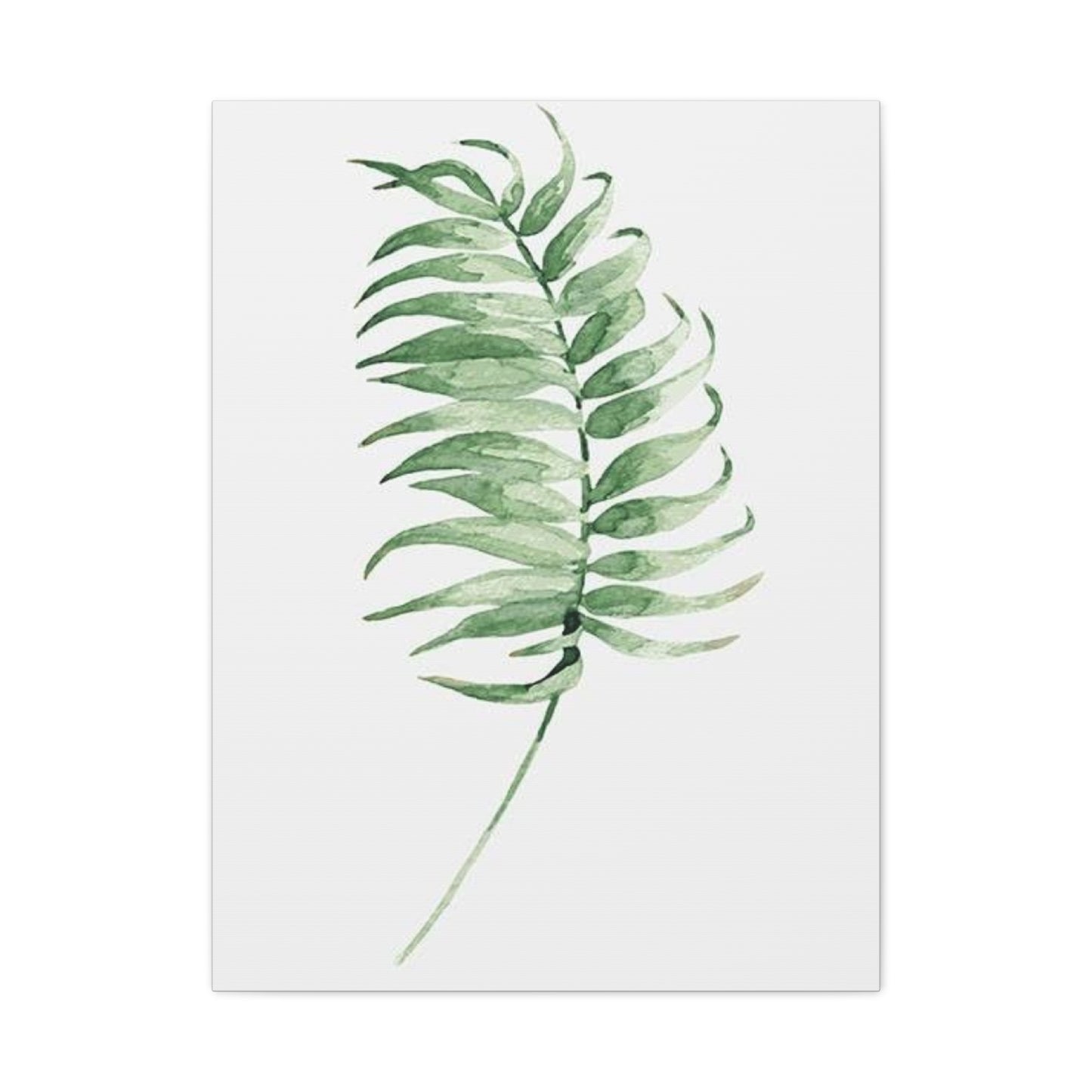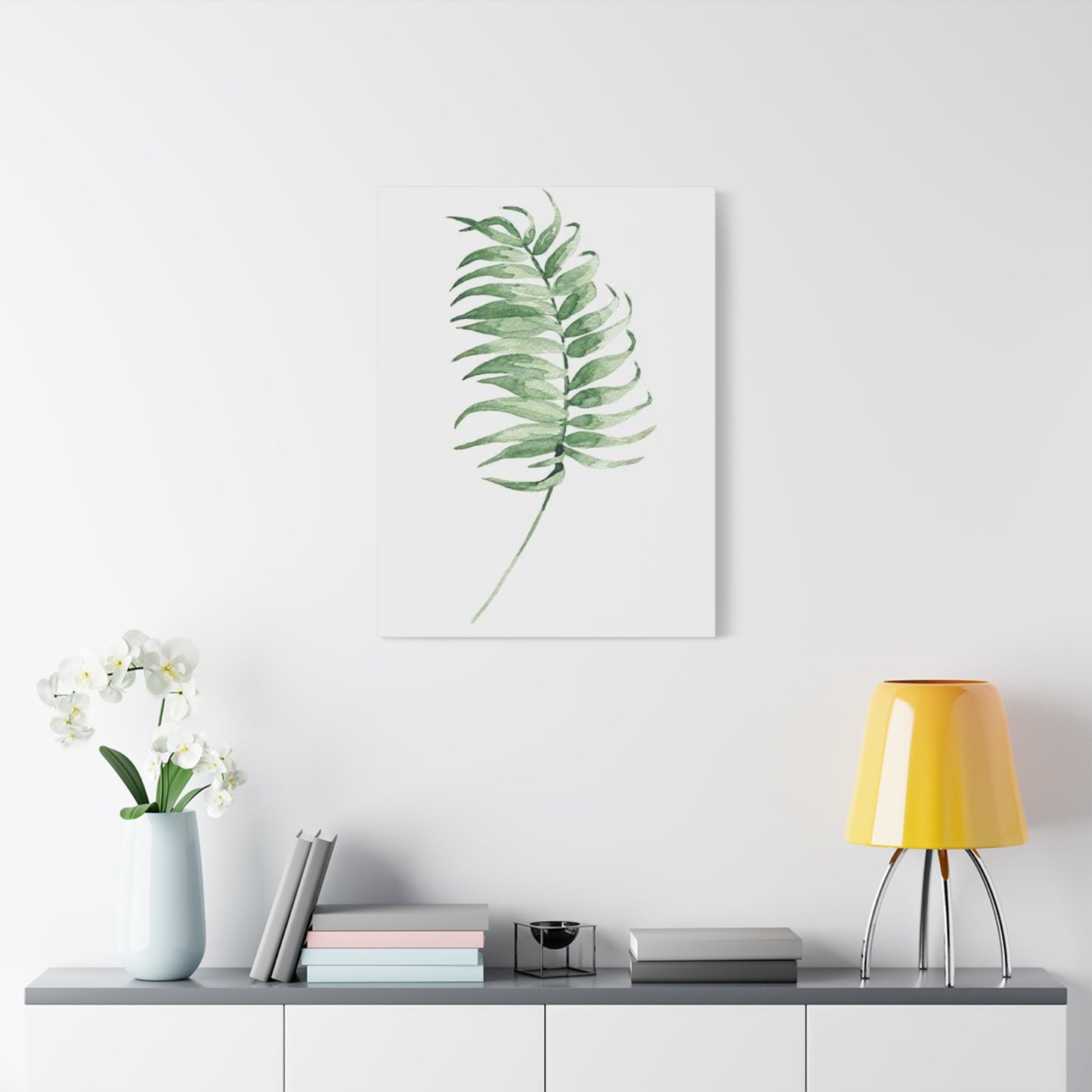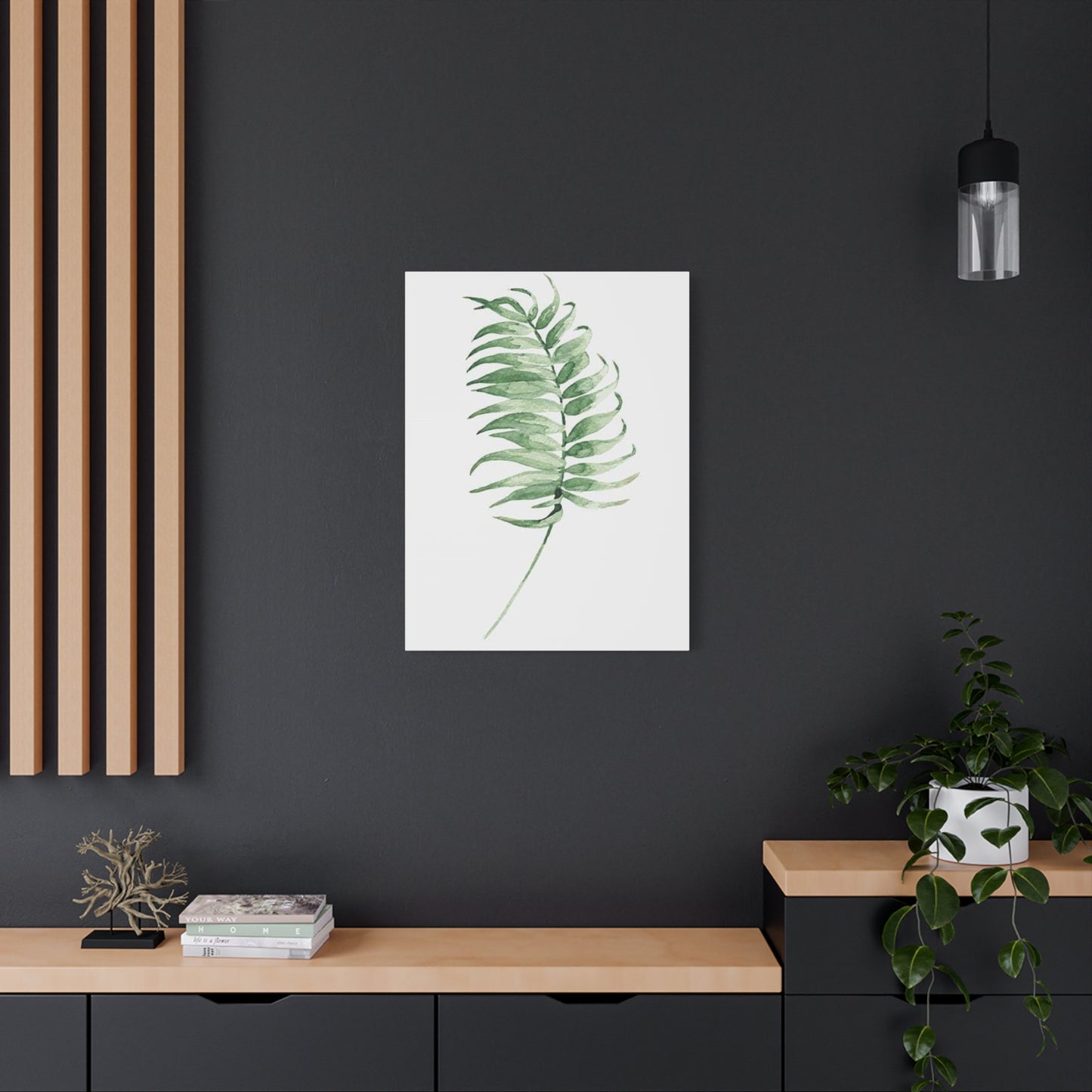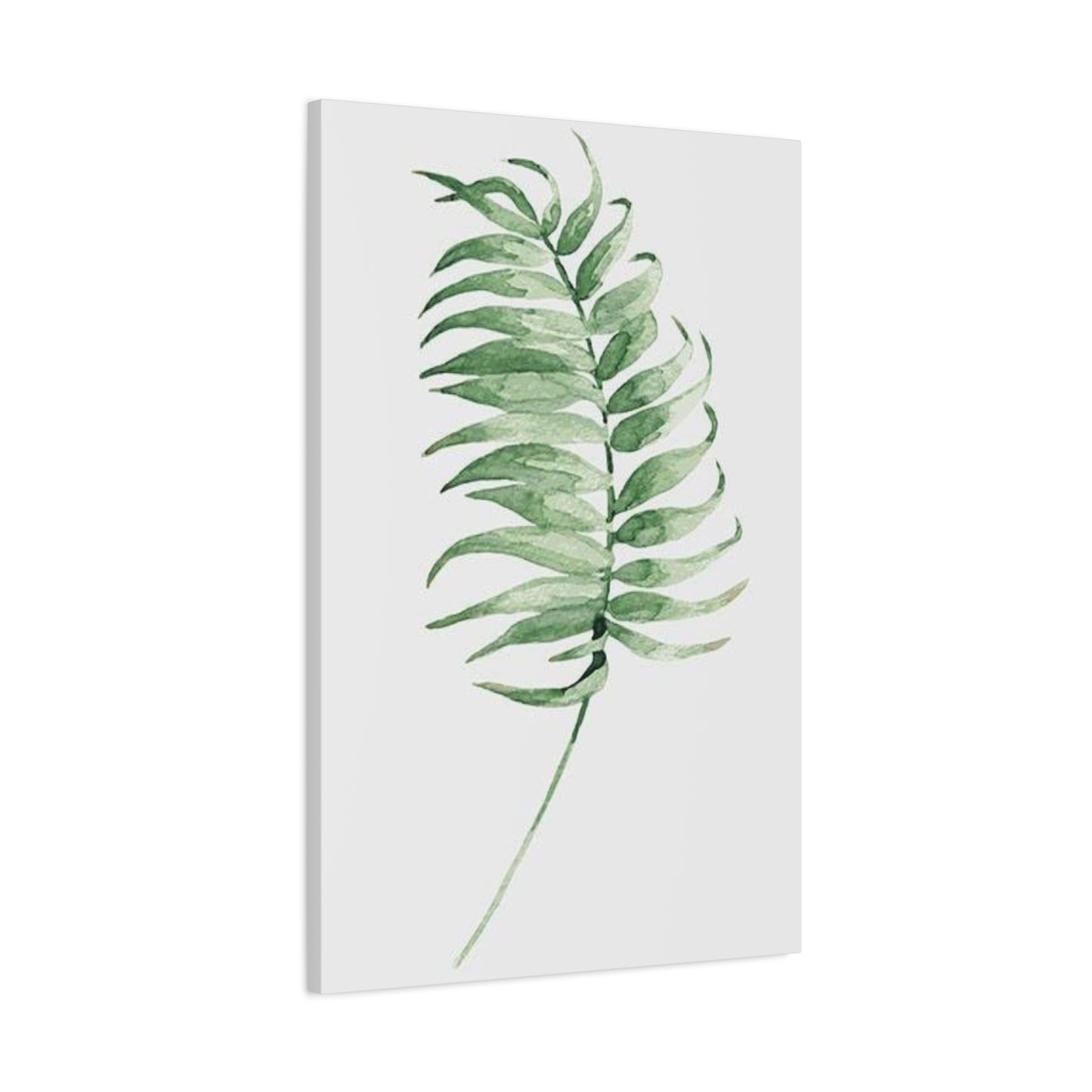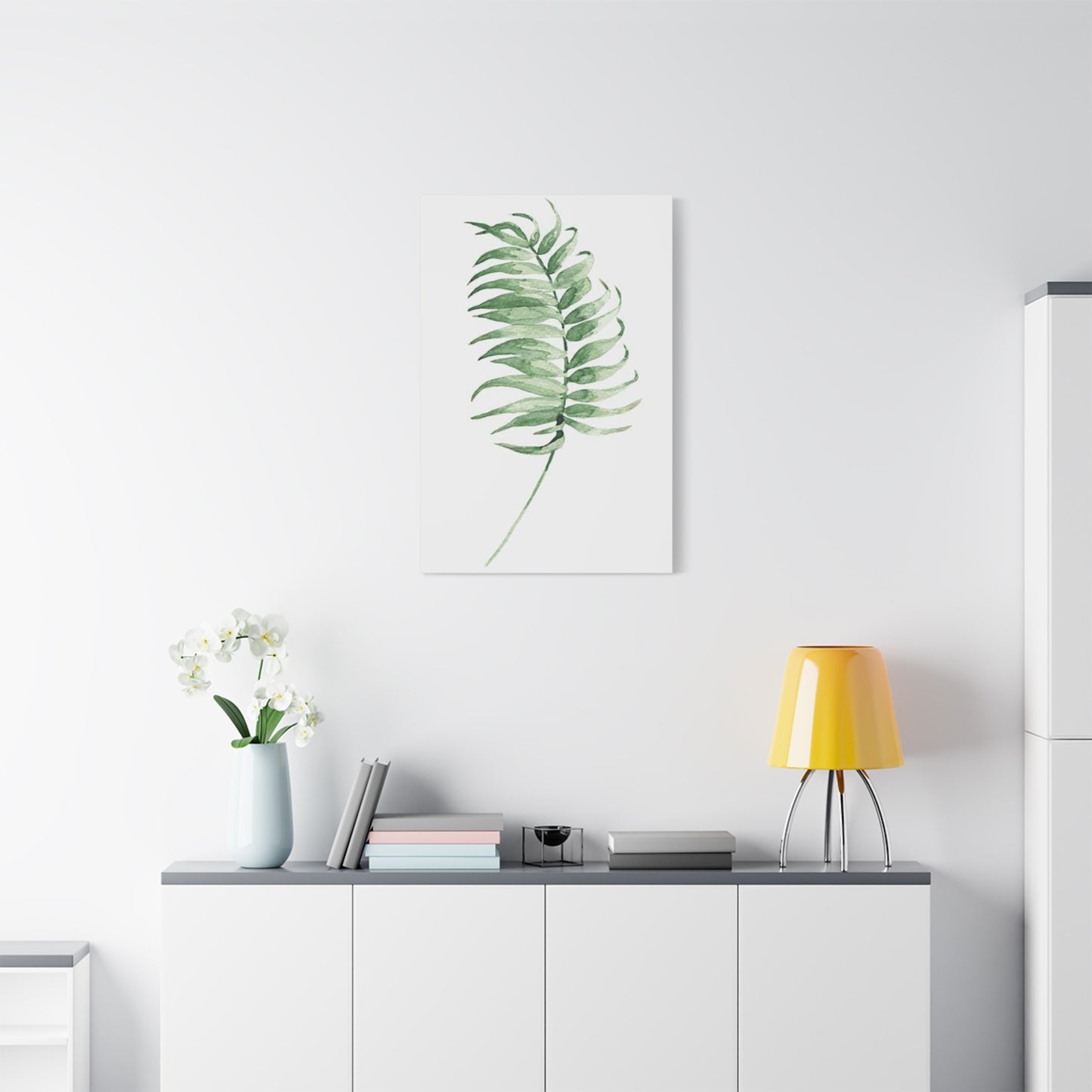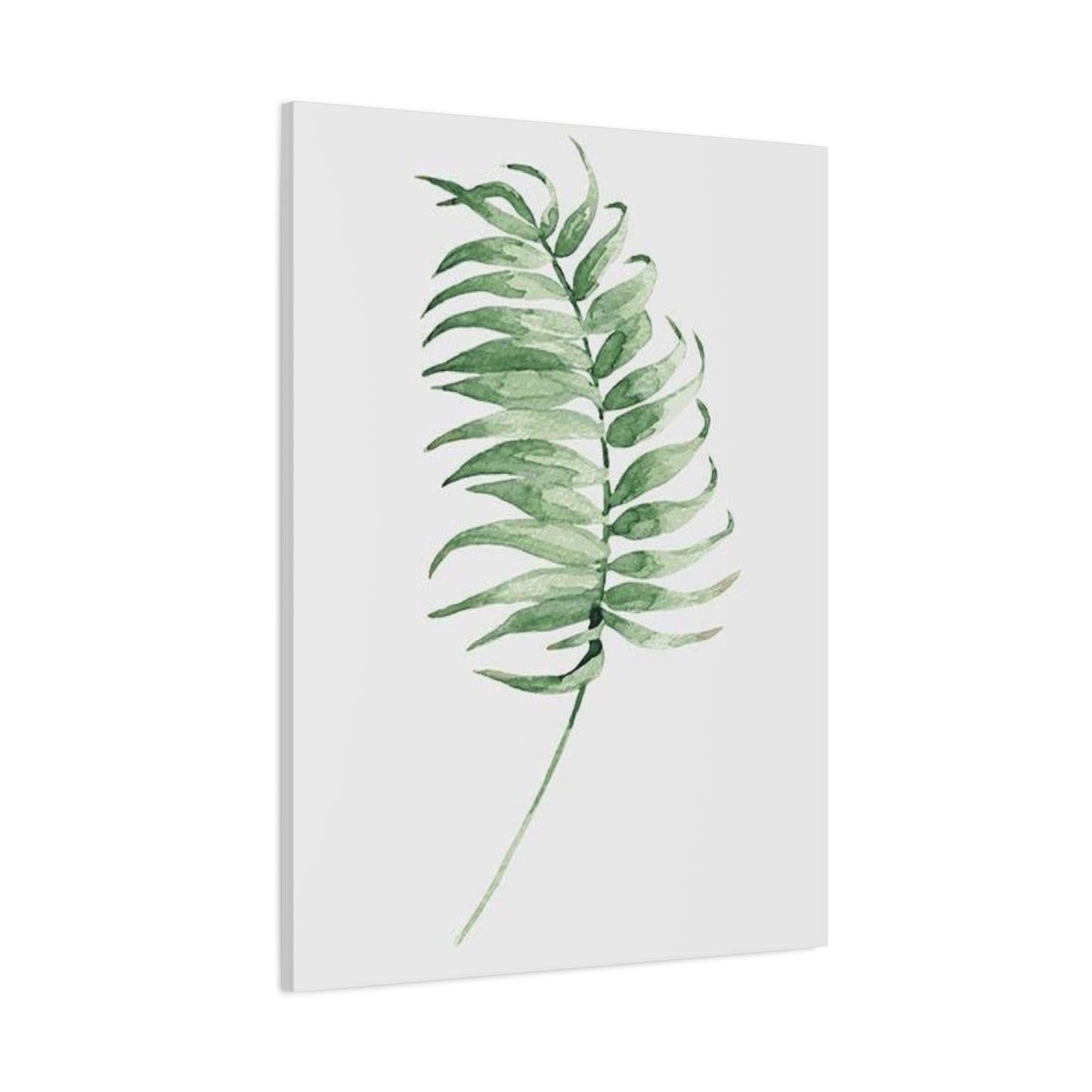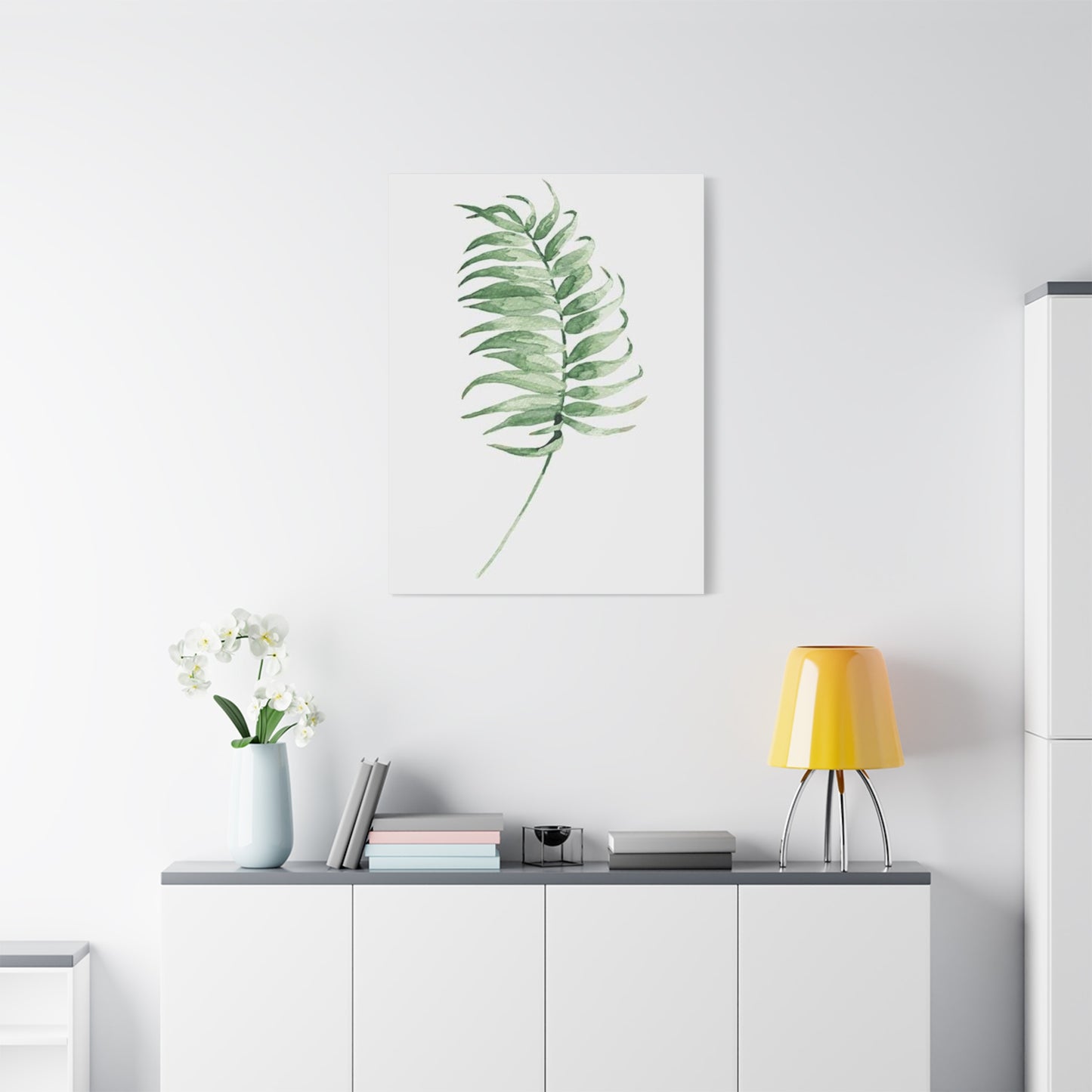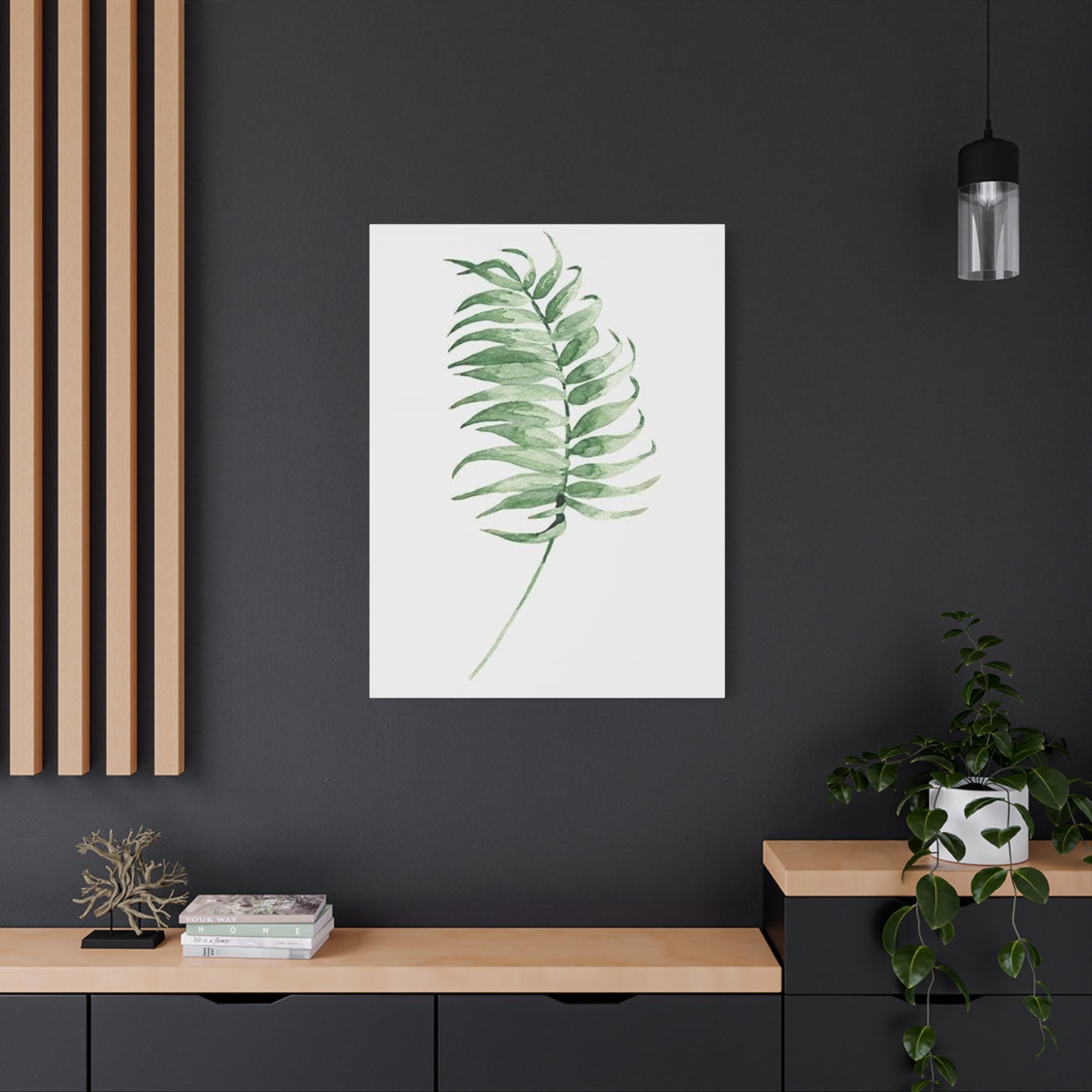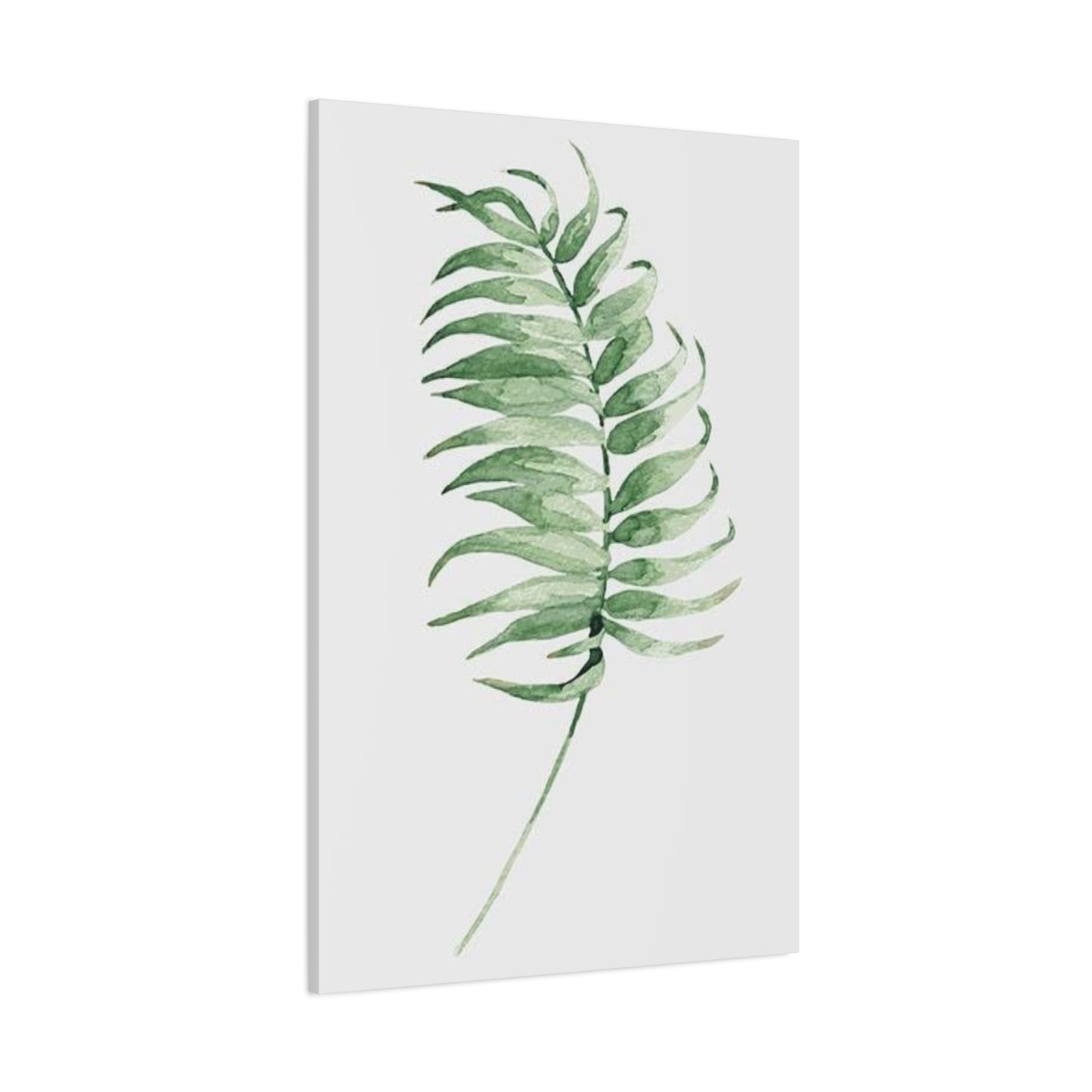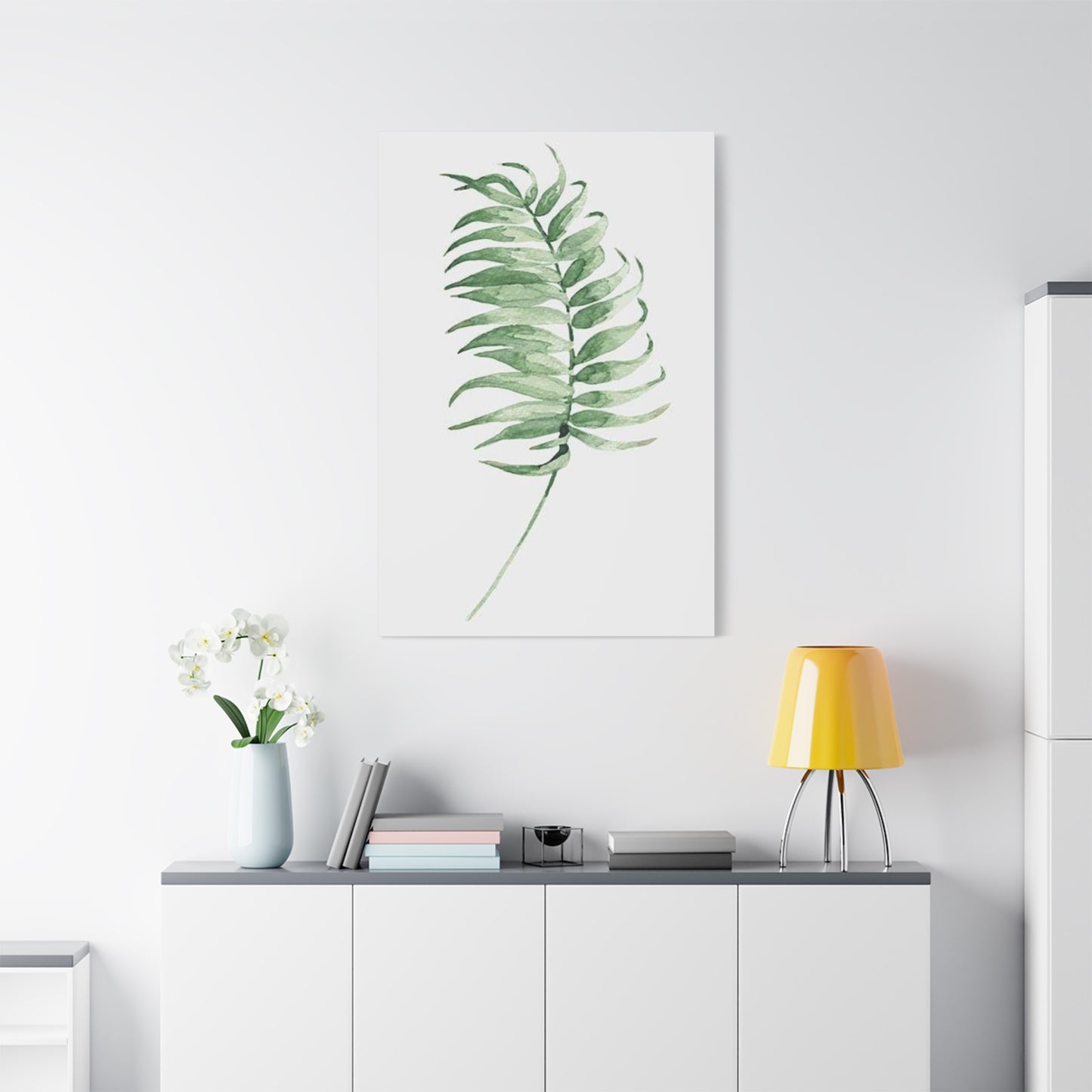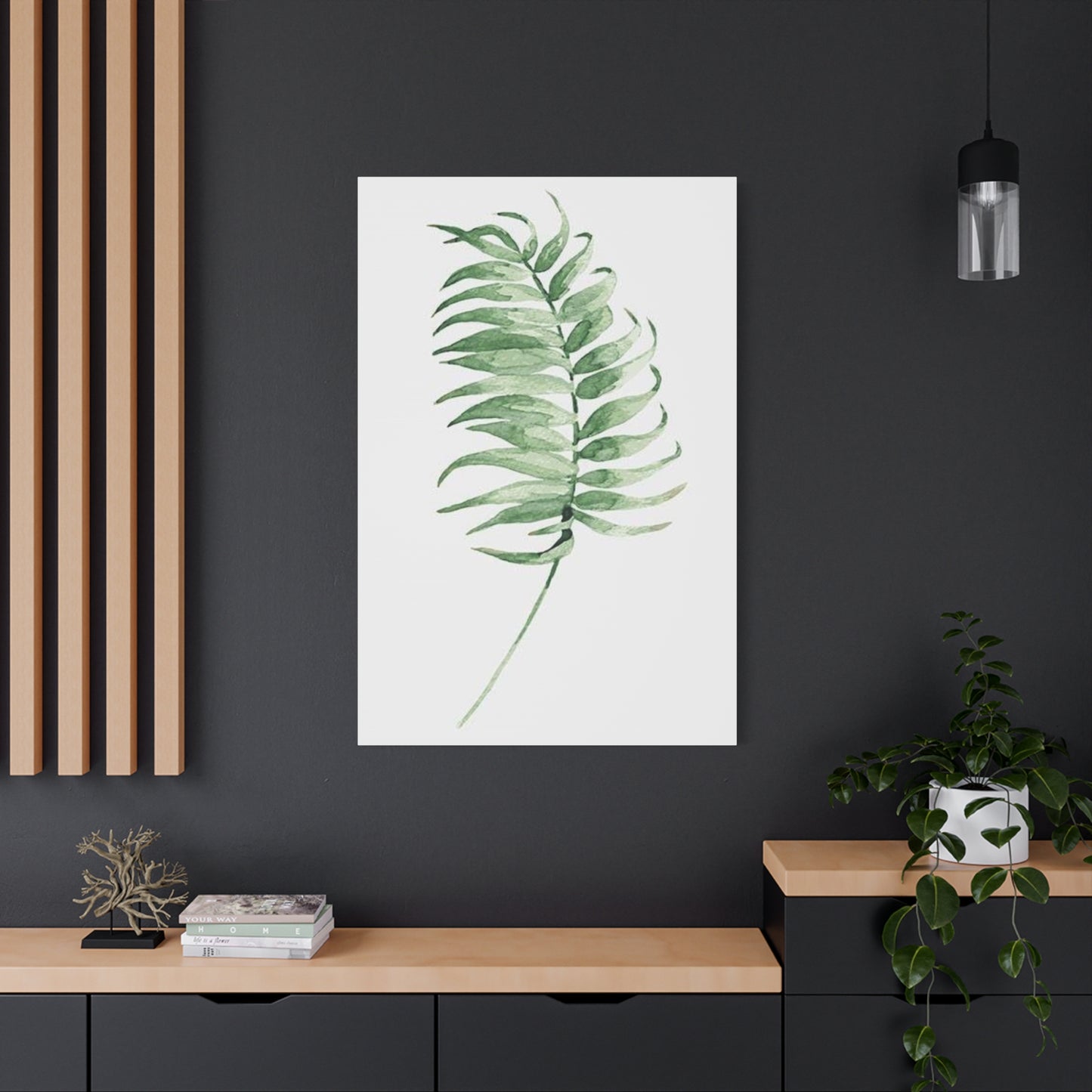Green Leaf Entryway Wall Art: Elevate Your Entrance with Nature-Inspired Foliage Prints
The entrance to your home serves as the first impression for guests and sets the tone for the entire living experience. One of the most effective ways to create an inviting and refreshing atmosphere is through the strategic placement of botanical wall art featuring lush green foliage. This comprehensive exploration delves into the transformative power of nature-inspired artwork and how it can revolutionize your entrance area while connecting your indoor environment with the natural world.
Green foliage artwork has emerged as a dominant trend in contemporary home styling, offering homeowners an opportunity to bring the serenity and vitality of nature indoors. The psychological impact of incorporating plant-based imagery into living areas cannot be overstated, as research consistently demonstrates the calming and rejuvenating effects of natural elements on human well-being. When strategically placed in entryways, these artistic pieces immediately communicate a sense of tranquility and environmental consciousness to anyone who crosses your threshold.
Revitalizing Your Entry Area with Verdant Plant Artwork
The concept of refreshing entrance areas through botanical artwork represents more than mere decoration—it embodies a philosophy of living that prioritizes connection with nature and environmental awareness. Green plant artwork serves as a bridge between the bustling external world and the peaceful sanctuary of your home, creating a transitional zone that helps visitors and residents alike decompress and prepare for the experiences that await within.
When selecting botanical prints for your entrance, consider the immediate visual impact these pieces will have on anyone approaching your home. The vibrant greens and organic forms of plant life naturally draw the eye and create focal points that guide movement through the area. This strategic placement can help direct traffic flow while simultaneously establishing the aesthetic tone for your entire home.
The psychological benefits of incorporating plant imagery extend beyond mere visual appeal. Studies in environmental psychology have consistently shown that exposure to natural imagery, even in artistic form, can reduce stress levels, improve mood, and enhance overall mental well-being. By introducing green plant artwork into your entrance area, you create an immediate sense of calm that helps counteract the stresses of daily life and urban living.
Furthermore, botanical artwork serves as a year-round solution for bringing natural beauty indoors, regardless of climate or seasonal limitations. While live plants may struggle in certain lighting conditions or require extensive maintenance, artistic representations of foliage provide consistent visual impact without the associated care requirements. This makes them particularly suitable for entrance areas that may not receive optimal natural light or where foot traffic might make live plants impractical.
The versatility of green plant artwork also allows for creative expression and personal style interpretation. From photorealistic botanical illustrations to abstract interpretations of natural forms, the range of available styles ensures that every homeowner can find pieces that resonate with their aesthetic preferences while maintaining the calming influence of natural imagery.
The Magnetic Pull of Botanical Entrance Displays
Botanical entrance displays possess an inherent magnetism that draws viewers into deeper engagement with the artwork and, by extension, the home itself. This magnetic quality stems from humanity's innate connection to nature, often referred to as biophilia—the instinctive bond between human beings and other living systems. When botanical prints are strategically placed in entrance areas, they tap into this fundamental connection, creating an immediate sense of comfort and belonging.
The appeal of botanical entrance wall prints lies in their ability to communicate multiple messages simultaneously. They convey environmental consciousness, aesthetic sophistication, and an appreciation for natural beauty while serving practical decorative functions. This multi-layered communication makes botanical artwork particularly effective in entrance areas, where first impressions are crucial and the artwork must work efficiently to establish the desired atmosphere.
Color psychology plays a significant role in the appeal of botanical prints, particularly those featuring various shades of green. Green is universally associated with growth, renewal, harmony, and balance—qualities that are particularly desirable in entrance areas where visitors form their initial impressions of your home. The calming effect of green tones helps create a welcoming environment that encourages relaxation and positive emotional responses.
The organic forms and patterns found in botanical artwork also provide visual interest and complexity that mechanical or geometric designs often cannot match. These natural patterns engage the brain's pattern recognition systems in ways that are inherently pleasing and satisfying, creating artwork that remains visually interesting even after repeated viewings. This characteristic is particularly valuable in entrance areas where residents pass by the artwork multiple times daily.
Additionally, botanical prints offer excellent conversation starters and can serve as icebreakers for guests unfamiliar with your home. The universal appeal of nature imagery provides common ground for discussion and helps establish connections between hosts and visitors. This social function of artwork should not be underestimated, as entrance areas often serve as brief gathering points where initial social interactions occur.
The seasonal neutrality of evergreen botanical prints ensures that they remain relevant and appropriate throughout the year. Unlike seasonal decorations that require regular updating, quality botanical artwork maintains its appeal across all seasons while providing a consistent foundation for other decorative elements that may change with the calendar or your evolving preferences.
Crafting Inviting Environments Through Plant-Based Artwork
The art of creating welcoming environments through plant-based artwork requires careful consideration of multiple factors, including scale, placement, lighting, and integration with existing architectural elements. Successful implementation goes beyond simply hanging a few botanical prints on the wall—it involves creating a cohesive visual narrative that enhances the natural flow and function of the entrance area.
Scale considerations are paramount when selecting botanical artwork for entrance areas. The size of the artwork should be proportionate to the dimensions of the area while commanding appropriate attention without overwhelming the viewer. Large-scale pieces can create dramatic focal points in spacious entryways, while smaller prints may be more suitable for compact entrance areas where subtlety is preferred. The key is achieving balance between visual impact and spatial harmony.
Placement strategies should account for natural sight lines and traffic patterns within the entrance area. Artwork should be positioned at appropriate viewing heights—typically eye level for the average adult—and should complement rather than compete with architectural features such as doorways, windows, or stairways. Strategic placement can help guide visitor movement through the area while creating natural pause points where the artwork can be properly appreciated.
Lighting considerations are crucial for maximizing the impact of botanical artwork in entrance areas. Natural light can enhance the vibrancy of green tones and create dynamic visual effects as lighting conditions change throughout the day. However, artificial lighting should also be considered, particularly for entrance areas that may be used during evening hours. Proper lighting not only enhances the artwork's visual appeal but also ensures safety and functionality in the entrance area.
Integration with existing architectural elements requires careful attention to color relationships, style compatibility, and spatial flow. Botanical artwork should complement existing materials, colors, and design themes rather than competing with them. This integration process may involve selecting artwork that echoes existing color palettes, choosing frames that complement architectural details, or positioning pieces to enhance natural architectural focal points.
The creation of inviting environments also involves considering the emotional journey of individuals as they enter your home. Botanical artwork should contribute to a narrative of transition from the external world to the internal sanctuary, helping visitors and residents alike shift their mental state from the often chaotic external environment to the peaceful domestic realm.
Streamlined Botanical Canvas Designs for Entry Areas
Minimalist approaches to botanical artwork have gained significant popularity in recent years, reflecting broader design trends that emphasize simplicity, functionality, and visual clarity. Streamlined botanical canvas designs offer the calming benefits of nature imagery while maintaining the clean, uncluttered aesthetic that many contemporary homeowners prefer for their entrance areas.
The appeal of minimalist botanical artwork lies in its ability to make a strong visual statement while maintaining restraint and sophistication. By reducing visual elements to their essential components, these designs create powerful focal points that don't compete with other design elements in the entrance area. This approach is particularly effective in smaller entrance areas where visual simplicity helps create the illusion of greater size and openness.
Streamlined designs often focus on single botanical subjects or simple compositions that emphasize form, line, and color over intricate detail. This reduction to essential elements allows viewers to appreciate the fundamental beauty of plant forms without distraction from complex backgrounds or competing visual elements. The result is artwork that provides immediate visual impact while maintaining long-term appeal.
Color palettes in minimalist botanical designs typically feature limited color schemes that emphasize harmony and balance. Monochromatic approaches using various shades of green can create sophisticated, cohesive looks that integrate seamlessly with diverse decorative styles. These restricted color palettes also make it easier to coordinate artwork with existing furnishings and architectural elements.
The clean lines and simple forms characteristic of minimalist botanical artwork complement contemporary architectural styles while remaining appropriate for more traditional settings. This versatility makes streamlined designs excellent choices for homeowners who may want to update other decorative elements over time without requiring artwork replacement.
Canvas materials and presentation methods in minimalist botanical designs often emphasize quality and craftsmanship over ornate decoration. High-quality canvas prints with clean, simple frames or frameless presentations allow the artwork itself to take center stage without distraction from elaborate mounting systems or decorative frames.
Exotic Foliage in Entrance Artwork
Tropical foliage artwork brings an element of exotic sophistication to entrance areas while maintaining the calming and welcoming qualities associated with botanical imagery. The bold forms, dramatic shapes, and lush appearance of tropical plants create striking visual statements that immediately capture attention and establish memorable first impressions for visitors to your home.
The appeal of tropical foliage lies in its association with vacation destinations, relaxation, and escape from routine daily stresses. These psychological associations make tropical botanical artwork particularly effective in entrance areas, where the goal is often to help residents and visitors transition from external pressures to internal peace and comfort. The exotic nature of tropical plants also adds an element of sophistication and worldliness to home decor.
Popular tropical foliage subjects include monstera leaves with their distinctive split patterns, broad banana leaves, elegant palm fronds, and the dramatic forms of birds of paradise plants. Each of these subjects offers unique visual characteristics that can be leveraged to create specific aesthetic effects in entrance areas. Monstera leaves provide geometric interest through their natural perforations, while palm fronds offer graceful, flowing lines that create movement and energy.
The bold scale typical of tropical foliage makes these subjects particularly suitable for larger entrance areas where dramatic visual impact is desired. The substantial size and distinctive shapes of tropical leaves create natural focal points that can anchor entire decorative schemes while providing sufficient visual weight to balance architectural elements such as high ceilings or expansive wall areas.
Color considerations for tropical foliage artwork often involve rich, saturated greens that convey the lushness and vitality of tropical environments. These deep, vibrant colors create striking contrasts against neutral wall colors while maintaining the calming psychological effects associated with green tones. Some tropical foliage artwork may also incorporate accent colors found in flowering tropical plants, adding visual interest and warmth to the overall composition.
The exotic nature of tropical botanical subjects also provides excellent conversation starters and can serve as expressions of personal interests in travel, nature, or environmental conservation. This social function adds value beyond mere visual appeal, helping to establish connections between hosts and guests while demonstrating cultural awareness and appreciation for global biodiversity.
Harmonizing Plant Artwork with Organic Decorative Elements
The successful integration of green botanical artwork with natural decorative elements requires careful attention to color coordination, texture relationships, and thematic consistency. This harmonious approach creates cohesive entrance environments that feel intentionally designed rather than randomly assembled, resulting in more sophisticated and impactful decorative schemes.
Natural material coordination involves selecting complementary textures and finishes that enhance rather than compete with botanical artwork. Wood elements, whether in furniture, frames, or architectural details, provide natural companions to plant-based imagery. The warm tones and organic textures of wood create sympathetic backgrounds that allow botanical artwork to shine while establishing clear thematic connections to nature.
Stone and mineral elements can also complement botanical artwork effectively, particularly when selected to echo the earthy, grounding qualities associated with plant life. Natural stone surfaces, ceramic vessels, or mineral decorative objects create textural contrast while maintaining thematic consistency with nature-inspired design approaches. These elements can help establish the entrance area as a transitional zone between the built environment and natural world.
Fiber and textile integration offers opportunities to reinforce botanical themes through complementary patterns, textures, and colors. Natural fiber rugs, woven baskets, or textured wall coverings can provide additional layers of natural texture that support and enhance botanical artwork without overwhelming the visual composition. These textile elements also add practical functionality to entrance areas while maintaining aesthetic coherrence.
Living plant integration represents perhaps the most obvious complement to botanical artwork, though it requires careful consideration to avoid redundancy or visual competition. Live plants can provide three-dimensional interest and actual air purification benefits while supporting the nature theme established by the artwork. However, plant selection should focus on species that complement rather than duplicate the subjects depicted in the artwork.
Lighting integration plays a crucial role in harmonizing botanical artwork with natural decorative elements. Natural lighting sources should be maximized to enhance both artwork and complementary natural materials, while artificial lighting should be selected to warm tones and create inviting atmospheric effects. Lighting that mimics natural daylight patterns can help maintain the connection to outdoor environments that botanical artwork seeks to establish.
Large-Format Plant Prints for Entrance Areas
Large-format botanical prints offer unique opportunities to create dramatic focal points in entrance areas while maximizing the psychological and aesthetic benefits associated with nature imagery. These substantial artworks command attention and establish clear design themes that can influence the entire home's decorative direction, making them powerful tools for homeowners seeking to make strong design statements.
The impact of scale in botanical artwork cannot be overstated. Large-format prints create immersive visual experiences that draw viewers into closer engagement with the depicted botanical subjects. This increased engagement can enhance the calming and restorative effects associated with nature imagery, making large-format pieces particularly effective in entrance areas where stress reduction and mood enhancement are desired outcomes.
Architectural considerations for large-format botanical prints require careful attention to proportional relationships and spatial dynamics. These substantial artworks can help balance high ceilings, expansive wall areas, or large architectural features that might otherwise dominate entrance areas. Conversely, large prints can create intimacy and warmth in spacious areas that might feel cold or unwelcoming without appropriately scaled decorative elements.
Subject selection for large-format botanical prints should emphasize designs that benefit from increased scale and detail visibility. Close-up views of leaf structures, botanical cross-sections, or detailed plant studies can reveal intricate patterns and textures that smaller formats cannot effectively communicate. These detailed presentations can create educational value alongside aesthetic appeal, particularly for viewers interested in botanical science or natural history.
Installation considerations for large-format prints extend beyond simple hanging procedures to include structural support requirements, lighting optimization, and integration with existing architectural elements. Heavy artworks may require specialized hanging systems or wall reinforcement, while optimal viewing distances must be considered to ensure that the artwork can be properly appreciated within the constraints of the entrance area.
The investment value of large-format botanical prints should also be considered, as these pieces often represent significant financial commitments that homeowners expect to maintain long-term appeal. High-quality printing materials, professional framing, and timeless subject matter become particularly important considerations when investing in substantial artworks that will serve as long-term focal points.
Professional Presentation Techniques for Botanical Wall Art
The presentation method chosen for botanical wall art significantly influences its visual impact, longevity, and integration with surrounding decorative elements. Professional presentation techniques extend beyond basic framing to encompass mounting methods, matting options, glazing considerations, and installation procedures that maximize both aesthetic appeal and artwork preservation.
Frame selection requires consideration of multiple factors including artwork style, room decor, and personal preferences. Traditional wooden frames can reinforce natural themes while providing warm, organic visual connections to botanical subjects. Contemporary metal frames might suit minimalist approaches while offering sleek, understated presentations that allow the artwork to dominate visually. Custom framing options enable precise coordination with existing decorative elements while ensuring optimal fit and presentation quality.
Matting decisions significantly influence artwork presentation by affecting color relationships, visual proportions, and perceived value. Neutral matting colors typically enhance botanical subjects without competing for attention, while colored mats can either complement or contrast with the artwork depending on desired visual effects. Multiple mat layers can add depth and sophistication to presentations while providing additional color coordination opportunities.
Glazing options involve trade-offs between protection and visual clarity. Standard glass provides basic protection while maintaining clear visibility, but may contribute glare problems in brightly lit entrance areas. Non-reflective glazing eliminates glare issues while providing equivalent protection, though at higher cost. UV-filtering glazing adds protection against light-induced fading, extending artwork longevity particularly in entrance areas with significant natural light exposure.
Mounting considerations encompass both aesthetic and practical concerns. Traditional mounting methods using backing boards and mounting corners provide secure artwork support while maintaining conservation standards. Contemporary mounting techniques might include floating presentations or direct canvas mounting that eliminate traditional framing elements for more modern aesthetic approaches.
Installation procedures should account for wall conditions, artwork weight, and environmental factors specific to entrance areas. Professional installation ensures proper support and positioning while minimizing risks to both artwork and surrounding surfaces. Consideration should be given to temperature fluctuations, humidity changes, and air circulation patterns that might affect artwork stability in entrance areas.
Artistic Interpretation Approaches in Botanical Wall Art
The artistic interpretation of botanical subjects offers diverse approaches that can satisfy varying aesthetic preferences while maintaining the fundamental benefits associated with nature-inspired artwork. Understanding the distinctions between realistic and abstract approaches helps homeowners select artwork that aligns with their personal tastes and decorative objectives for entrance areas.
Photorealistic botanical artwork emphasizes accurate representation of plant subjects with attention to precise color reproduction, detailed texture rendering, and scientifically accurate proportional relationships. This approach appeals to viewers who appreciate technical skill and botanical accuracy while providing educational value alongside aesthetic appeal. Realistic botanical artwork can serve dual functions as both decoration and natural history reference material.
The benefits of realistic botanical artwork include immediate recognition and universal appeal. Viewers can easily identify depicted plant species and form emotional connections based on personal experiences with similar plants. This recognition factor makes realistic botanical artwork excellent for creating welcoming entrance environments where guest comfort and familiarity are priorities.
Abstract botanical interpretations emphasize artistic expression over literal representation, focusing on color relationships, compositional dynamics, and emotional impact rather than botanical accuracy. These approaches can capture the essence or feeling of plant life while offering more creative freedom for both artists and homeowners seeking distinctive decorative elements.
The advantages of abstract botanical artwork include greater flexibility in color coordination and style integration. Abstract pieces can be selected primarily for their color palettes or compositional qualities rather than specific botanical content, making them easier to coordinate with existing decorative schemes. Abstract approaches also tend to maintain visual interest longer, as viewers can discover new details and interpretations over time.
Hybrid approaches combine realistic and abstract elements to create artwork that offers both recognition and artistic interpretation. These pieces might feature accurately rendered botanical subjects presented within stylized or artistic contexts, providing the familiarity of realistic artwork while incorporating the creative elements associated with abstract approaches.
Contemporary botanical artwork increasingly explores digital manipulation, mixed media techniques, and experimental approaches that push traditional boundaries while maintaining connections to natural subjects. These innovative approaches can create unique focal points for homeowners seeking distinctive artwork that reflects current artistic trends while honoring traditional botanical illustration heritage.
Seasonal Botanical Artwork for Dynamic Entrance Environments
Seasonal botanical artwork provides opportunities to create dynamic entrance environments that evolve with natural cycles while maintaining consistent thematic approaches throughout the year. This strategy allows homeowners to refresh their entrance areas regularly without requiring complete decorative overhauls, creating ongoing interest and environmental connection.
Spring botanical themes emphasize renewal, growth, and emergence from winter dormancy. Artwork featuring fresh foliage, budding branches, or early flowering plants can communicate optimism and new beginnings while celebrating the natural renewal cycle. Light green tones and delicate forms characteristic of spring growth create fresh, hopeful atmospheres particularly welcome after long winter seasons.
Summer botanical artwork can embrace the full lushness and vitality of peak growing season. Rich, saturated greens, abundant foliage, and mature plant forms communicate abundance and prosperity while providing cooling psychological effects during warm weather. Summer themes might also incorporate flowering elements that add color and celebration to entrance areas during peak outdoor activity periods.
Autumn botanical selections can acknowledge changing seasons while maintaining the calming green tones preferred for entrance areas. Artwork featuring evergreen subjects provides consistency across seasonal transitions, while pieces incorporating autumn colors can acknowledge seasonal changes without abandoning botanical themes. Mixed compositions featuring both evergreen and deciduous elements can bridge seasonal transitions effectively.
Winter botanical artwork often focuses on evergreen subjects that maintain relevance during dormant seasons. Coniferous subjects, hardy foliage plants, or architectural plant forms can provide visual interest and color during periods when outdoor vegetation is minimal. Winter botanical themes can also emphasize the structural beauty of bare branches or the resilience of plants adapted to harsh conditions.
Implementation strategies for seasonal botanical artwork include rotation systems using multiple artwork collections, modular presentation systems that facilitate easy changes, or single pieces selected for year-round appropriateness. The chosen approach should reflect available storage, budget considerations, and personal preferences for change frequency.
Botanical Prints for Compact Entrance Areas
Small entrance areas present unique challenges and opportunities for botanical artwork implementation. Limited area requires careful planning to maximize visual impact while maintaining functionality, but successful small-area botanical installations can create surprisingly powerful effects that enhance rather than compromise compact dimensions.
Scale considerations for small entrance areas typically favor medium to small-format artwork that provides appropriate visual weight without overwhelming limited areas. However, counter-intuitive approaches using single large-format pieces can sometimes create dramatic effects that actually enhance perceived area by providing strong focal points that draw attention away from spatial limitations.
Vertical emphasis strategies can help compact entrance areas appear taller and more spacious while providing opportunities for botanical artwork placement. Tall, narrow botanical prints or vertical arrangements of multiple pieces can draw the eye upward while maintaining appropriate scale for limited horizontal areas. Vertical botanical subjects such as bamboo, tall grasses, or tree trunks particularly support these spatial enhancement effects.
Light enhancement through botanical artwork becomes particularly important in small entrance areas that may struggle with natural light limitations. Light-toned botanical prints or artwork featuring bright green foliage can help reflect available light while creating the impression of increased brightness and openness. Strategic placement relative to light sources can maximize these enhancement effects.
Multi-functional approaches for small entrance areas might combine botanical artwork with practical elements such as mirrors, hooks, or storage solutions. Artwork that incorporates functional elements can maximize space utility while maintaining aesthetic appeal. However, integration must be carefully planned to avoid compromising either function or artistic impact.
Color strategy for small entrance botanical artwork should generally emphasize light, bright tones that enhance rather than diminish perceived area. While dark, dramatic botanical artwork can create powerful effects in larger areas, small entrance areas typically benefit from artwork that contributes to brightness and openness rather than intimacy and enclosure.
Gallery Wall Compositions with Botanical Elements
Gallery wall approaches to botanical artwork allow for creative compositions that can accommodate diverse artwork sizes, subjects, and styles while maintaining thematic coherence. These arrangements can create substantial visual impact in entrance areas while providing flexibility for personal expression and ongoing collection development.
Planning considerations for botanical gallery walls should address overall composition balance, individual artwork relationships, and integration with architectural elements. Successful gallery walls typically require careful attention to visual weight distribution, color balance, and proportional relationships between individual pieces. Mock-up procedures using paper templates can help visualize arrangements before installation.
Theme development strategies might focus on specific botanical subjects, artistic styles, color palettes, or seasonal themes. Cohesive themes help unify diverse artworks while providing clear direction for future additions. However, theme interpretation should allow sufficient flexibility to accommodate personal preferences and available artwork options.
Size variation strategies can create visual interest and dynamic compositions that avoid monotony. Mixing large focal pieces with smaller supporting artworks can establish hierarchy and guide viewer attention through the composition. However, size variation should be balanced to avoid chaotic or uncoordinated appearances.
Installation procedures for gallery walls require careful attention to alignment, spacing, and level maintenance across multiple pieces. Professional installation techniques ensure proper presentation while minimizing wall damage and installation time. Consideration should be given to future additions or changes that might require installation modifications.
Lighting considerations for gallery wall compositions often require more complex solutions than single-artwork installations. Multiple pieces may require individual lighting attention, or overall lighting strategies that illuminate the entire composition effectively. Professional lighting consultation may be valuable for complex gallery wall installations.
Cultural and Symbolic Significance of Plant Imagery in Residential Design
The incorporation of plant imagery into residential design carries deep cultural and symbolic significance that extends beyond mere aesthetic considerations. Understanding these cultural dimensions can inform artwork selection decisions while adding layers of meaning to entrance area decorative schemes that resonate with personal values and cultural heritage.
Historical perspectives on botanical symbolism reveal rich traditions of plant imagery in human cultures worldwide. Different cultures have attributed various meanings to specific plants, with many focusing on themes of growth, renewal, prosperity, and protection. These traditional associations continue to influence contemporary interpretations of botanical artwork and can add meaningful depth to decorative choices.
Feng shui principles emphasize the importance of natural elements in creating harmonious living environments. Botanical imagery, particularly in entrance areas, is believed to attract positive energy while promoting health and prosperity for residents. Specific plants carry particular significance within feng shui tradition, and artwork selection can reflect these considerations for homeowners interested in traditional Chinese design philosophy.
Contemporary environmental consciousness has added new layers of meaning to botanical artwork, with plant imagery serving as expressions of ecological awareness and environmental stewardship. Botanical artwork can communicate personal values regarding sustainability, conservation, and connection to natural systems while contributing to broader cultural conversations about environmental responsibility.
Psychological research continues to validate traditional intuitions about the beneficial effects of plant imagery on human well-being. Scientific understanding of biophilia—the innate human affinity for natural elements—provides contemporary rationale for design choices that have been made intuitively for centuries. This research supports the use of botanical artwork as tools for promoting mental health and environmental connection.
Regional plant symbolism can add local relevance to botanical artwork selections. Plants native to specific geographic regions carry cultural associations that resonate with local residents while celebrating regional botanical heritage. This connection to place can add authenticity and personal relevance to artwork choices while supporting local cultural identity.
Creating Custom Botanical Wall Art Projects
DIY approaches to botanical wall art creation offer opportunities for personal expression, cost savings, and custom solutions that perfectly match specific decorative requirements. These projects can range from simple pressed flower arrangements to complex mixed-media compositions, allowing individuals to create unique pieces that reflect personal style and botanical interests.
Pressed botanical artwork represents one of the most accessible DIY approaches, requiring minimal equipment while producing professional-appearing results. Fresh plant materials can be pressed using traditional flower presses or improvised methods using absorbent paper and heavy books. Successful pressing requires attention to timing, moisture control, and selection of appropriate plant materials that maintain color and form through the pressing process.
Botanical photography projects can produce high-quality artwork using readily available digital photography equipment. Close-up botanical studies, artistic nature compositions, or documentary approaches to local flora can create personalized artwork that reflects individual artistic vision and local environmental connection. Digital processing techniques can enhance photographic results while maintaining natural authenticity.
Botanical printmaking techniques including leaf printing, botanical stamping, or simple screen printing methods can create unique artistic interpretations of plant forms. These approaches allow for creative expression while maintaining direct connection to actual plant materials. Printmaking techniques can produce multiple copies of successful designs, enabling coordinated artwork series for gallery wall applications.
Mixed media botanical projects might combine pressed materials, photography, painting, or collage techniques to create complex artistic compositions. These approaches allow maximum creative freedom while accommodating diverse skill levels and artistic preferences. Mixed media approaches can also incorporate found materials, recycled elements, or personal memorabilia to create deeply personalized artistic expressions.
Technical considerations for DIY botanical artwork include material selection, preservation techniques, and presentation methods that ensure longevity and professional appearance. Quality materials and proper techniques significantly influence finished artwork durability and visual appeal, making research and planning essential components of successful DIY projects.
Botanical Wall Art as Meaningful Gift Options
Botanical wall art represents thoughtful gift options that combine aesthetic appeal with symbolic meaning, making these pieces particularly appropriate for housewarming gifts, milestone celebrations, or expressions of care for environmentally conscious recipients. The universal appeal of nature imagery ensures broad acceptance while specific botanical subjects can be selected to reflect recipient interests or personal relationships.
Gift selection considerations should account for recipient decorative preferences, living area characteristics, and personal interests in botanical subjects. Research into recipient color preferences, home decorating styles, and existing artwork collections can inform selection decisions while ensuring gift appropriateness. Consideration should also be given to installation requirements and size limitations of intended placement areas.
Symbolic plant selections can add meaningful depth to botanical artwork gifts. Plants traditionally associated with prosperity, such as bamboo or money trees, make appropriate gifts for new homeowners or business openings. Plants symbolizing friendship, such as ivy or certain flowering subjects, communicate personal care and ongoing connection. Understanding botanical symbolism enables gift selection that communicates specific messages alongside aesthetic appeal.
Customization opportunities for botanical artwork gifts might include personalized framing, custom matting colors, or commissioning original artwork based on recipient preferences. Personalized elements demonstrate additional thoughtfulness while creating unique pieces that reflect the special relationship between giver and recipient. Professional custom framing services can coordinate artwork presentation with recipient decorating schemes.
Presentation strategies for botanical artwork gifts should consider packaging that protects the artwork while building anticipation and enhancing the gift-giving experience. Professional wrapping, protective packaging, and thoughtful presentation cards can elevate botanical artwork gifts from simple purchases to meaningful expressions of care and consideration.
Educational components can add value to botanical artwork gifts by including information about depicted plant species, artistic techniques, or symbolic meanings. These educational elements can enhance recipient appreciation while providing conversation topics and ongoing interest in the artwork beyond its decorative function.
Integrating Plant Artwork with Earth-Tone Color Schemes
The combination of botanical wall art with earth-tone color palettes creates harmonious entrance environments that feel grounded, welcoming, and naturally sophisticated. This integration requires understanding color theory relationships while considering the psychological effects of different earth-tone combinations with various green botanical subjects.
Earth-tone foundation strategies typically begin with neutral base colors that complement rather than compete with botanical artwork. Warm beiges, soft browns, muted tans, and gentle grays provide sympathetic backgrounds that allow green botanical subjects to appear vibrant while maintaining overall harmony. These neutral foundations also provide flexibility for incorporating accent colors through accessories or seasonal decorative elements.
Complementary color relationships between green botanical subjects and earth tones can be leveraged to create sophisticated color schemes with appropriate contrast and visual interest. Understanding color wheel relationships helps identify earth tones that enhance specific green shades while maintaining overall harmony. Warm browns and rich terracottas can provide excellent contrast to cool green tones, while cooler gray earth tones might better complement warm yellow-greens.
Texture integration becomes particularly important when combining botanical artwork with earth-tone decorative schemes. Earth-tone color palettes often emphasize natural materials and textures that provide visual interest without relying on strong color contrast. Botanical artwork can provide necessary color accent within these textured environments while maintaining thematic consistency with natural material emphasis.
Lighting considerations for earth-tone environments require attention to warmth and brightness levels that enhance both botanical artwork and complementary earth-tone elements. Natural lighting typically enhances earth-tone schemes, but artificial lighting should be selected to maintain warm, inviting atmospheres without creating muddy or dull appearances. Proper lighting ensures that both green botanical elements and earth-tone backgrounds appear vibrant and appealing.
Seasonal adaptation strategies allow earth-tone and botanical combinations to remain fresh and relevant throughout the year. Earth-tone foundations provide stability while botanical artwork and accessories can be adjusted to reflect seasonal changes. This approach allows for ongoing refreshment without requiring major decorative overhauls or significant expense.
Advanced Techniques for Botanical Wall Art Display
Sophisticated display techniques can elevate botanical wall art from simple decoration to museum-quality presentations that command attention and demonstrate artistic appreciation. These advanced approaches require additional planning and investment but can create dramatic focal points that significantly enhance entrance area aesthetics and overall home value.
Professional lighting systems specifically designed for artwork display can dramatically improve botanical wall art presentation while ensuring optimal viewing conditions regardless of ambient lighting. Picture lighting, track lighting, or integrated architectural lighting can highlight artwork details while creating sophisticated atmospheric effects. Professional lighting consultation ensures optimal results while avoiding common installation mistakes.
Conservation framing techniques protect valuable botanical artwork while optimizing visual presentation. Acid-free matting materials, UV-filtering glazing, and archival mounting methods ensure long-term artwork preservation while maintaining museum-quality presentation standards. Conservation framing represents significant investment but provides peace of mind for valuable artwork while ensuring optimal visual results.
Environmental control considerations become important for valuable botanical artwork, particularly in entrance areas subject to temperature and humidity fluctuations. Climate monitoring, air circulation management, and protection from direct environmental exposure help preserve artwork while maintaining optimal viewing conditions. Professional conservation consultation may be appropriate for particularly valuable or sensitive artwork.
Modular display systems allow for flexible artwork presentation that can accommodate changing preferences or seasonal rotations. Professional-grade hanging systems, adjustable lighting, and modular framing solutions provide maximum flexibility while maintaining high presentation standards. These systems require higher initial investment but offer long-term versatility and convenience.
Documentation and cataloging procedures help manage artwork collections while providing information for insurance, resale, or estate planning purposes. Professional artwork documentation includes detailed photography, condition reports, and provenance information that adds value while facilitating proper care and maintenance. Digital cataloging systems can organize artwork information while providing convenient access to collection details.
Botanical Wall Art Trends and Future Directions
Contemporary trends in botanical wall art reflect broader design movements while responding to changing lifestyle preferences and environmental consciousness. Understanding current trends and anticipated future directions can inform artwork selection decisions while ensuring long-term relevance and appeal.
Sustainability trends increasingly influence botanical artwork production and selection, with growing emphasis on environmentally responsible materials, production methods, and subject matter. Recycled paper products, sustainable printing methods, and artwork featuring endangered or conservation-focused botanical subjects reflect growing environmental awareness. These trends align artwork choices with personal values while supporting responsible manufacturing practices.
Digital artwork and printing technologies continue to expand possibilities for botanical wall art while improving quality and reducing costs. High-resolution digital printing enables reproduction of botanical artwork with unprecedented detail and color accuracy, while digital manipulation techniques allow for creative interpretations that combine photographic realism with artistic expression. These technological advances democratize access to high-quality botanical artwork while enabling new creative approaches.
Biophilic design principles increasingly influence residential design decisions, with botanical artwork serving as key components of strategies designed to enhance human connection to natural environments. Research-backed design approaches emphasize the psychological and physiological benefits of nature imagery, making botanical artwork functional as well as aesthetic elements. This trend supports increased investment in quality botanical artwork as tools for promoting well-being.
Personalization trends reflect growing interest in unique, individualized decorative solutions that reflect personal interests and experiences. Custom botanical artwork, local flora documentation, and personally meaningful plant subjects allow homeowners to create distinctive environments that resist homogenization while reflecting individual personality and preferences.
Global botanical awareness reflects increased interest in international plant diversity and exotic botanical subjects. Artwork featuring plants from diverse global ecosystems provides educational value while reflecting cultural awareness and environmental consciousness. This trend supports growing botanical artwork markets while encouraging conservation awareness and global environmental stewardship.
Conclusion
Incorporating green leaf entryway wall art into your home is more than just an aesthetic choice — it's a meaningful way to bring the tranquility and beauty of nature into your daily life. Whether you're welcoming guests or simply returning home after a long day, the first impression created by your entryway sets the tone for the entire space. Nature-inspired foliage prints infuse this area with freshness, calm, and an organic sense of style that complements nearly any interior design approach.
From minimalist fern sketches to bold tropical leaf canvases, green leaf wall art offers an impressive range of options to suit your personal taste. These pieces don't just act as decoration — they evoke emotions. The sight of greenery, even in printed form, has been shown to reduce stress, uplift mood, and promote a sense of well-being. By integrating botanical elements into your entryway, you're essentially inviting nature indoors, creating a space that feels both welcoming and grounding.
Moreover, green is a versatile color that harmonizes beautifully with a wide range of palettes, from neutral tones to rich, earthy hues. This makes foliage-themed art an excellent choice for both contemporary and classic spaces. Whether you prefer framed prints, canvas panels, or even metal wall hangings, there’s a green leaf design that can transform your foyer into a peaceful retreat.
Functionally, wall art can also serve to define the space — drawing the eye, balancing other design elements, or even covering up bare or awkward wall areas. Strategically placed, a well-chosen piece can elevate the entire vibe of your home’s entrance.
Ultimately, green leaf entryway wall art is about creating connection — with nature, with beauty, and with the people who walk through your door. It’s a subtle yet powerful way to express your style and enhance the ambiance of your home. By choosing artwork that reflects your love for organic forms and natural beauty, you turn a simple hallway or foyer into a vibrant, serene, and inspiring welcome space.
So, whether you're refreshing your decor or designing from scratch, let nature be your guide — and let green leaf wall art lead the way.

















